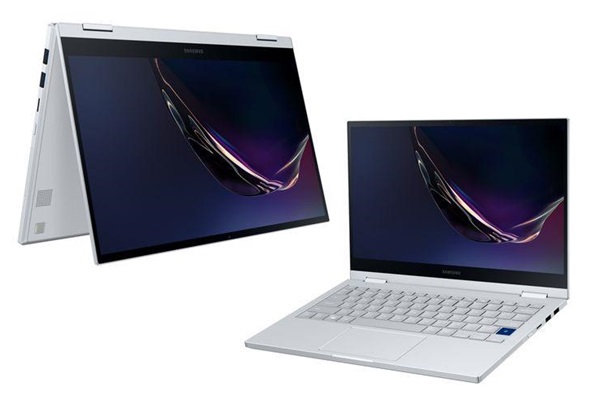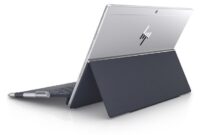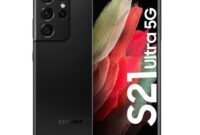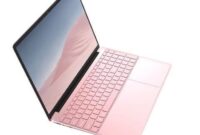TechnoFixzi.com – Notebooks and PCs have significant design differences because they are designed for different uses.
Here are some of the main design differences between notebooks (laptops) and PCs (desktop computers):
1. Portability
Notebooks: Notebooks are designed to be portable and easy to use anywhere. They are typically thin, lightweight, and have internal batteries, allowing you to use them without being connected to a power source for several hours.
PCs: PCs are desktop computers that generally cannot be easily moved. They typically consist of several large components, such as a CPU, monitor, keyboard, and mouse, which are impractical to transport.
2. Size and Shape
Notebooks: It’s typically have smaller screen sizes, with options ranging from 11 to 17 inches. Their designs are usually very compact and integrated with keyboards and other input devices.
PCs: Desktop computers have larger screens, which can reach sizes up to 32 inches or more. They offer more flexibility in terms of shape and size, depending on user preferences and needs.
3. Power and Performance
Notebooks: While powerful notebooks exist, most have lower performance compared to comparable desktop PCs. This is due to space constraints and more limited cooling.
PCs: Desktop PCs have more room for more powerful components, including processors, graphics cards, and better cooling. They are better suited for demanding tasks such as gaming, graphic design, or software development.
4. Expansion
Notebooks: Notebooks have more limited expansion capabilities. Some models may have upgradeable RAM slots, but other components like the graphics card or CPU are usually not upgradeable.
PCs: Desktop PCs have plenty of room for expansion. You can easily replace or upgrade components like RAM, graphics cards, and storage, depending on your needs.
5. Power Consumption
Notebooks: It is typically more energy efficient than desktop PCs, especially when running on battery power. This makes them suitable for use in areas with limited electrical power.
PCs: Desktop PCs typically consume more power, especially if they are equipped with powerful components. This requires a stable power supply.
Conclusion:
The design differences between notebooks and PCs depend on user needs and preferences. For those who prioritize mobility with adequate performance, a notebook may be the right choice. However, if you need high performance and ease of upgrades or expansion, a desktop PC is a more suitable option.










